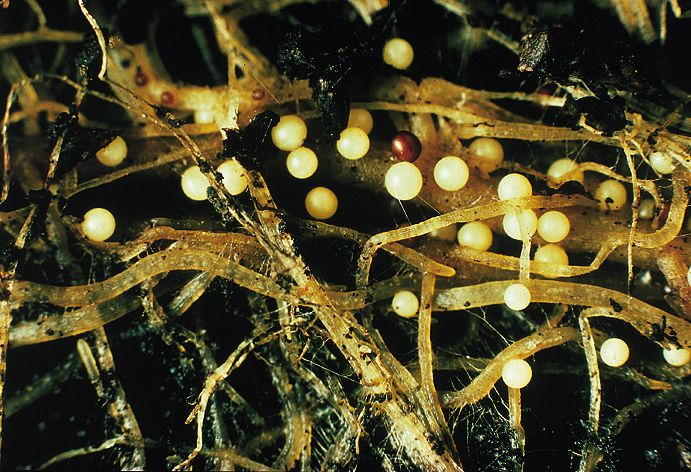
A new guide to help potato growers test for a pest that costs the industry over £25m each year has been launched.
Potato Cyst Nematode (PCN) are 1mm long roundworms which live on the roots of plants, causing growth problems and, at very high population densities, damage to the roots and early senescence of plants.
The release of 'PCN: Sampling and laboratory' guide draws on research, conducted by Science and Advice for Scottish Agriculture (SASA), measuring the effectiveness of soil sampling techniques ahead of PCN testing.
Data from statutory sampling and recent AHDB funded research, conducted at Harper Adams University, had shown that PCN is moving into areas and fields where it has not previously been found.
"PCN is a damaging pest, and once it is in your soil, it is very hard to remove” said Dr Sue Cowgill, Senior Scientist at AHDB.
“The first step for any grower is to find out if there is PCN in the field, and if there is, what species is present. Once you know this information, you can make the best decisions for your farm and you’ll also be assisting the industry as a whole by helping to control the pest.”
Patrick Mitton, chair of the Nematicide Stewardship Programme added: “The new PCN sampling guide is a welcome update to the understanding of PCN detection, management and control.
“The guide is an important contribution to knowledge exchange, bringing together the latest scientific research and practical experience of sustainable integrated management techniques, which will be of importance to both advisors and growers alike.”
